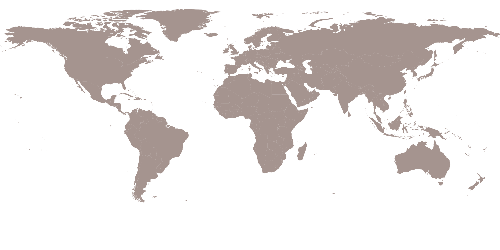Sustainable building design through passive measures
To achieve Passive House certification with outdoor temperatures ranging from -40ºC [winter] to +40ºC [summer], Buffalo Crossing rigorously applied passive design principles. Triangular in plan, the visitor centre is oriented to maximize solar exposure to the south, while minimizing heat loss to the north and opening up views across the lakes to the northwest, maximizing transparency and site connection, balancing heat loss with solar gains. The building form projects out at the second level providing shade to maintain transparency in concert with large sliding perforated screens above. Thermal comfort is provided by continuous high quantity/quality thermal insulation, while Mass Timber floors, roof, and walls provide thermal mass and biophilia.
Efficient construction and operations
Designed to achieve Passive House Certification, Buffalo Crossing achieves CaGBC’s Zero Carbon Building Design Standard employing FSC certified wood in an all-Mass Timber building (GLT columns and beams, CLT floors, roof, walls, and cores) and veneer plywood interiors, together with low-carbon concrete foundations, structural slab, and toppings. A 1.2m building module is rigorously applied across the project reducing material waste. A compact central service core discreetly hosts and conceals active systems reducing duct and pipe runs while exposing the Mass Timber. The HVAC system includes a ground-source heat pump, energy recovery ventilator, and active slab (in-floor) heating and cooling, further reducing energy demands and operational carbon emissions.
Landscape & Biodiversity Integration
Located on a pit lake reclaimed from a clay and gravel mine on the southwest edge of the city, Buffalo Crossing is situated between a bustling motorway and Lake Muir's south shore on FortWhyte Alive’s 660-acre nature preserve. The naturally restored Aspen and Oak Prairie Savanna is home to a wide range of flora and fauna. The landscape approach prioritizes climate resiliency and regenerative management. Native plants are celebrated in the Indigenous Garden and re-introduced across the site. Bioswales, planted with 42 species of grasses, perennials, shrubs, and trees, capture stormwater from paved areas, enhancing biodiversity and filtering run-off before it enters the lake. Strategically placed trees mitigate heat island effects and support passive cooling.
Land use & Transformation
Located on traditional indigenous lands when buffalo roamed free, the site was developed by the Pacific Railway (1888), then a Cement Company (1912), whose pit lakes were reclaimed in 1955 establishing FortWhyte Waterfowl Sanctuary. Over the next 65 years, as FortWhyte expanded, it became an adventure site for elementary and forest school programs on the edge of this naturalized urban oasis and the city, with limited public access. Buffalo Crossing will provide a new public gateway to FortWhyte Alive’s land-based recreation and environmental education programs including revenue-generating café, nature gift shop, and event space for this non-profit, while providing better connection to the city and more sustainable access via a new public transit stop.








